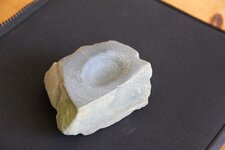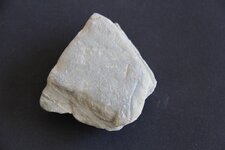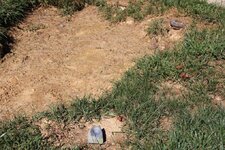quito
Silver Member
Not saying these were never used, but we see so many of these natural stones on here, I feel it's time to try to get this information to sink into a few skulls around here. There are to many collectors that cannot tell the difference and should learn. There are pictures, descriptions, and good explanations, AND it's short and sweet.
So, lets quit hoping and guessing and learn.
Omarolluk - Wikipedia, the free encyclopedia
Cupstone - Wikipedia, the free encyclopedia
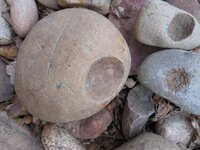
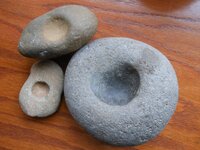
So, lets quit hoping and guessing and learn.
Omarolluk - Wikipedia, the free encyclopedia
Cupstone - Wikipedia, the free encyclopedia


Upvote
0




